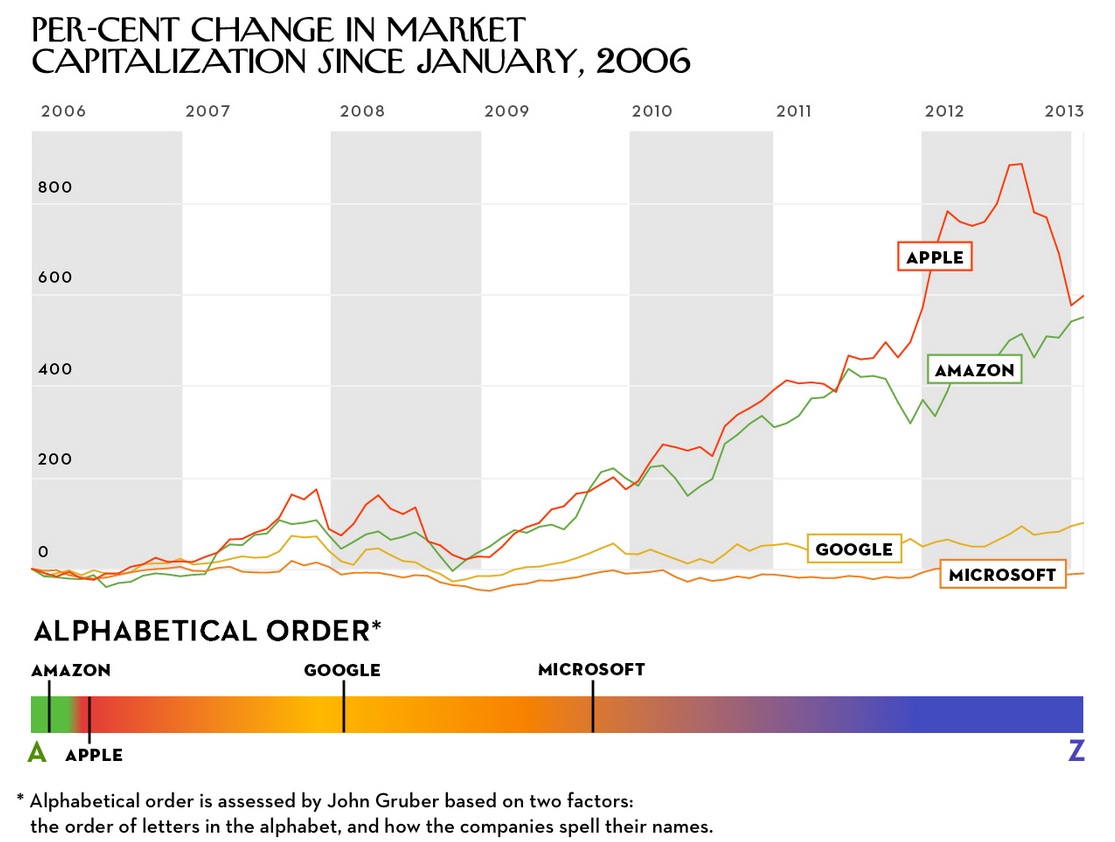Courtesy - Investopedia.com
Nowadays, many investors' portfolios include investments such as mutual funds, stocks and bonds. But the variety of securities you have at your disposal does not end there. Another type of security, called an option, presents a world of opportunity to sophisticated investors.
The power of options lies in their versatility. They enable you to adapt or adjust your position according to any situation that arises. Options can be as speculative or as conservative as you want. This means you can do everything from protecting a position from a decline to outright betting on the movement of a market or index.
This versatility, however, does not come without its costs. Options are complex securities and can be extremely risky. This is why, when trading options, you'll see a disclaimer like the following:
Options involve risks and are not suitable for everyone. Option trading can be speculative in nature and carry substantial risk of loss. Only invest with risk capital.
Despite what anybody tells you, option trading involves risk, especially if you don't know what you are doing. Because of this, many people suggest you steer clear of options and forget their existence.
On the other hand, being ignorant of any type of investment places you in a weak position. Perhaps the speculative nature of options doesn't fit your style. No problem - then don't speculate in options. But, before you decide not to invest in options, you should understand them. Not learning how options function is as dangerous as jumping right in: without knowing about options you would not only forfeit having another item in your investing toolbox but also lose insight into the workings of some of the world's largest corporations. Whether it is to hedge the risk of foreign-exchange transactions or to give employees ownership in the form of stock options, most multi-nationals today use options in some form or another.
This tutorial will introduce you to the fundamentals of options. Keep in mind that most options traders have many years of experience, so don't expect to be an expert immediately after reading this tutorial. If you aren't familiar with how the stock market works, check out the Stock Basics tutorial.
Nowadays, many investors' portfolios include investments such as mutual funds, stocks and bonds. But the variety of securities you have at your disposal does not end there. Another type of security, called an option, presents a world of opportunity to sophisticated investors.
The power of options lies in their versatility. They enable you to adapt or adjust your position according to any situation that arises. Options can be as speculative or as conservative as you want. This means you can do everything from protecting a position from a decline to outright betting on the movement of a market or index.
This versatility, however, does not come without its costs. Options are complex securities and can be extremely risky. This is why, when trading options, you'll see a disclaimer like the following:
Options involve risks and are not suitable for everyone. Option trading can be speculative in nature and carry substantial risk of loss. Only invest with risk capital.
Despite what anybody tells you, option trading involves risk, especially if you don't know what you are doing. Because of this, many people suggest you steer clear of options and forget their existence.
On the other hand, being ignorant of any type of investment places you in a weak position. Perhaps the speculative nature of options doesn't fit your style. No problem - then don't speculate in options. But, before you decide not to invest in options, you should understand them. Not learning how options function is as dangerous as jumping right in: without knowing about options you would not only forfeit having another item in your investing toolbox but also lose insight into the workings of some of the world's largest corporations. Whether it is to hedge the risk of foreign-exchange transactions or to give employees ownership in the form of stock options, most multi-nationals today use options in some form or another.
This tutorial will introduce you to the fundamentals of options. Keep in mind that most options traders have many years of experience, so don't expect to be an expert immediately after reading this tutorial. If you aren't familiar with how the stock market works, check out the Stock Basics tutorial.
